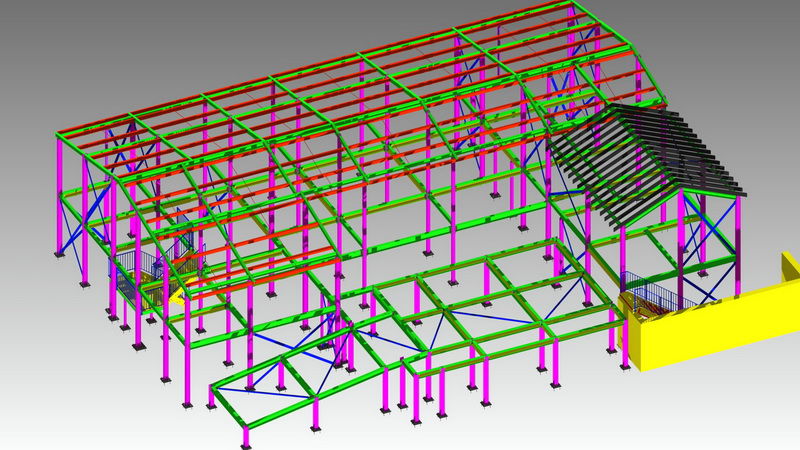The Housing Inspection industry is booming at the moment. With so many newer properties flooding the market, there’s been an exponential increase for qualified building inspectors that are helping buyers purchase a ‘defect free’ home. There’s more to a property than just good wallpaper and nice bathroom fittings. Looking beyond the façade is where the real action is.
The many equipment and tools that are used by building inspectors today are used to locate defects that may not be seen with the naked eye. Some are visible, some not so visible. According to the Australian Standard, a building inspection is only a visual inspection. This means, we can’t remove anything that’s already fixed like flooring, cabinetry, walls etc. In other words, it’s not possible to tear things apart in order to find every defect however; with the right equipment we can do a very good job of finding them - 99% of the time.
Make sure your Building Inspector is equipped with these 5 tools during your next home inspection:
- Ladder
You will be surprised how many elements in the house require a ladder. According to the Australian standard, the minimum ladder size is 3.6 metres. Without the ability to reach further into certain places, it can be extra difficult to ascertain where certain defects are coming from. The extra height of a ladder can be used to check an exhaust fan in the ceiling, light fittings or even a heating unit; the list is endless. Never underestimate the power of a ladder to get the finishing touches completed.
- Moisture Metre
This is an essential component to any building inspection. A moisture metre helps to identify potential problems and structural damage from excess water build up. A pinless meter is the easiest to use and can be used on larger areas to determine if further action needs to be taken. The most common thing found is poor sealant around window and doorframes caused by faulty flashing applications. Depending on the depth of moisture you’re checking, there are various products on the market designed to access various according to your needs.
- Thermal Imaging Camera
This is an absolute must during any housing inspection. The Thermal Imaging Camera is great for detecting water leaks in bathrooms and the roof where things can’t be seen. It can even detect termite nests inside walls as well as termite movement. The equipment is placed against the wall and anything behind it comes up on the screen (similar to a computer) showing exactly what’s happening behind the scenes.
- Carbon Monoxide Detector
This is what is known as the silent killer. Carbon Monoxide can be released from combustible appliances and can often go undetected if not installed in the home. A carbon monoxide detector can detect for noxious gas in the air over a longer period of time so it’s most important the inspector has one on hand to check for any imminent danger.
- Flashlight
This is an absolute must when doing a building inspection. An LED flashlight with adjustable brightness will help you get into all those little nooks and crannies and is a compulsory requirement in every inspector’s toolkit.
WBCSE is fully equipped with all the latest tools with every building inspection. Homeowners can expect a structural engineering report that is in depth, thorough and comprehensive.
